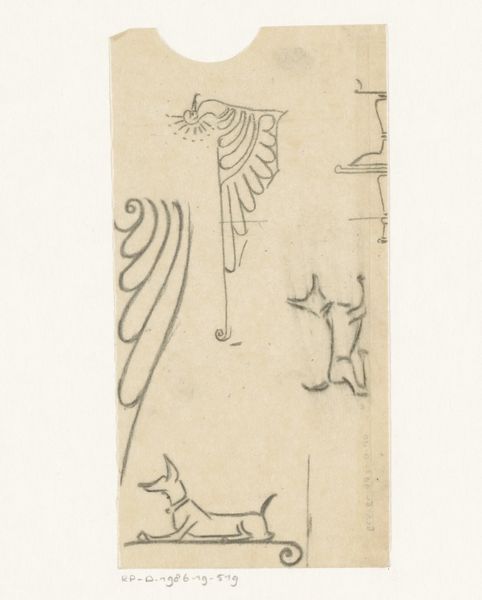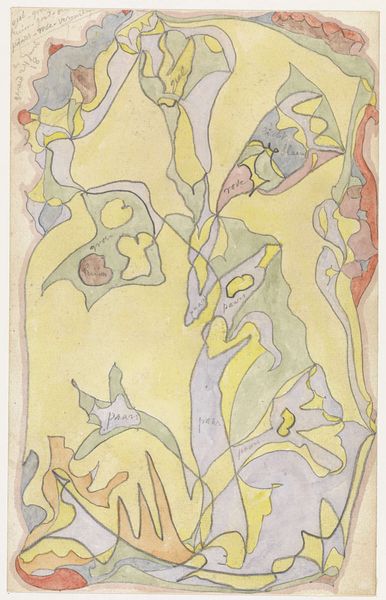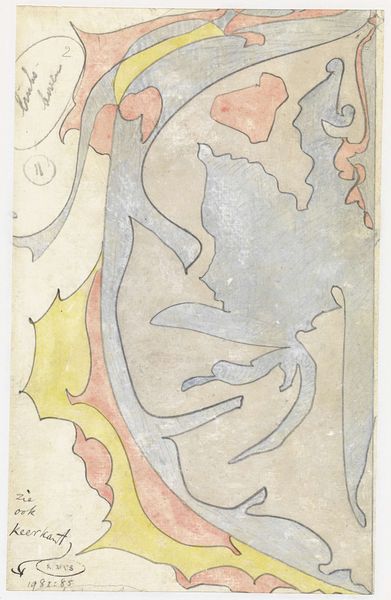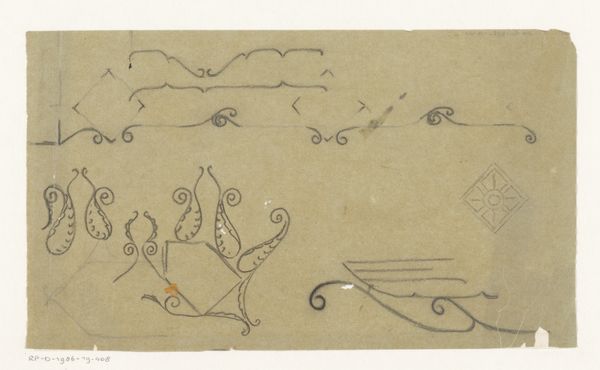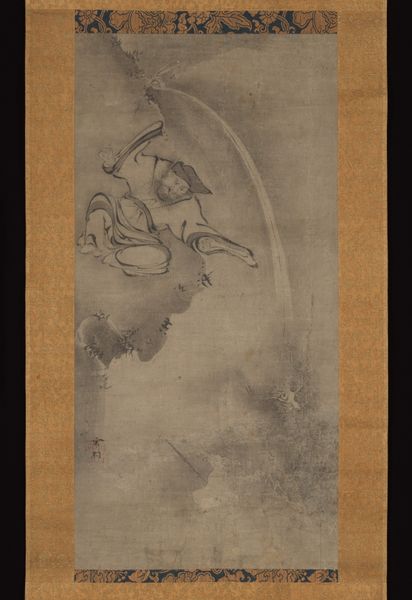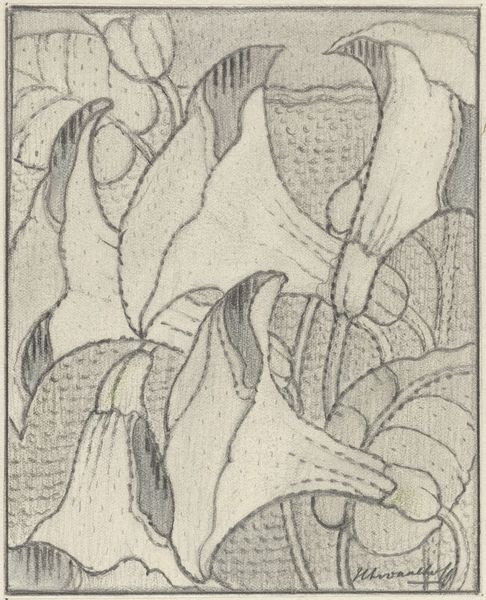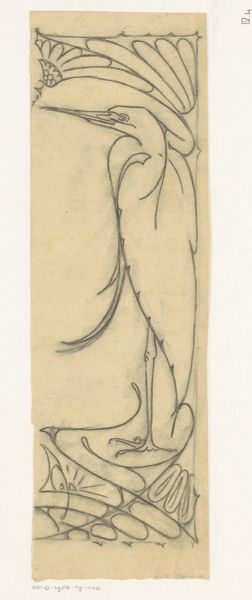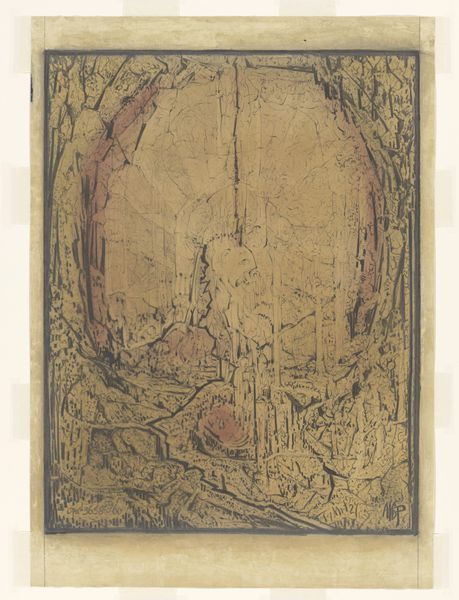
Beauty under an Umbrella in the Snow 1760 - 1780
0:00
0:00
print, woodblock-print
#
snow
#
ink painting
#
linocut
# print
#
asian-art
#
landscape
#
ukiyo-e
#
figuration
#
linocut print
#
woodblock-print
#
genre-painting
Dimensions: H. 26 3/4 in. (67.9 cm); W. 5 in. (12.7 cm)
Copyright: Public Domain
Curator: Immediately striking is the subtlety of color in this work; muted tones evoking the tranquility of a snowy day. Editor: Indeed. We're looking at Suzuki Harunobu's woodblock print, "Beauty under an Umbrella in the Snow," created sometime between 1760 and 1780. This print belongs to the Ukiyo-e tradition. Curator: The delicate lines, especially those defining the woman’s figure and her umbrella, create a visual rhythm. Note how the falling snowflakes are not just randomly placed but seem carefully distributed, contributing to the overall balance of the composition. Editor: Ukiyo-e, translating to "pictures of the floating world," often depicted scenes of everyday life, popular entertainment, and, importantly, celebrated female beauty. Prints like this gained immense popularity among the merchant class in Edo-period Japan. The snow becomes a metaphor, obscuring social boundaries as much as physical landmarks. Curator: Observe how the artist uses varying shades of gray and peach. These muted tones, together with the seemingly weightless impression of the snow falling, suggest a particular visual scheme. It presents a calculated harmony. Editor: The "floating world" itself, although seemingly transient, reflects a sophisticated urban culture. Think about the role prints played in disseminating ideals of beauty, fashion, and even social commentary. Also, it allowed those in the lower classes to own art that may have previously been unaffordable. Curator: Agreed, there is also something about the gaze, averted from our own, and directed downwards, which forces the viewer into contemplation. And this adds to the sense of stillness that otherwise may have gone unnoticed in a busy public world. Editor: Precisely. The reception of Ukiyo-e in the West, particularly amongst the Impressionists, also shaped the art world. Artists found freedom in its flattened perspectives, and bold design elements. Considering our own place here in The Metropolitan Museum of Art, New York, highlights that global story. Curator: Yes, a captivating display of artistic method and technique. Editor: And the perfect melding of everyday life and social history.
Comments
No comments
Be the first to comment and join the conversation on the ultimate creative platform.



